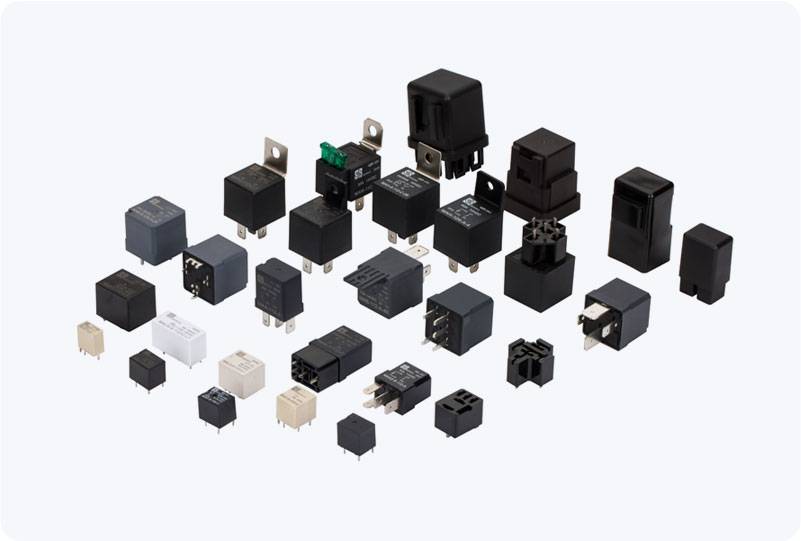understanding solid-state hv relay: a key component in high voltage switching
Release time:2025-08-23 18:09:55
Solid-State High Voltage (HV) Relays are a critical component in modern electrical systems, enabling efficient and reliable switching of high voltage circuits. Unlike traditional electromechanical relays, solid-state relays (SSRs) utilize semiconductor devices such as thyristors, MOSFETs, or IGBTs to achieve switching functions without moving parts. This provides several advantages, including faster response times, greater reliability, and longer service life. This article will explore the features, benefits, applications, and working principles of Solid-State HV Relays, highlighting their role in the electrical industry.

What is a Solid-State HV Relay?
A Solid-State HV Relay is an electronic switching device used to control high-voltage circuits without the need for mechanical contacts. Instead of using traditional relays with moving contacts, Solid-State HV Relays rely on semiconductor devices that can switch electrical circuits on and off by controlling the flow of current through the semiconductor components. These relays are designed to handle high voltage and current, making them ideal for use in demanding applications where traditional mechanical relays may not perform efficiently or reliably.
Key Features and Advantages

